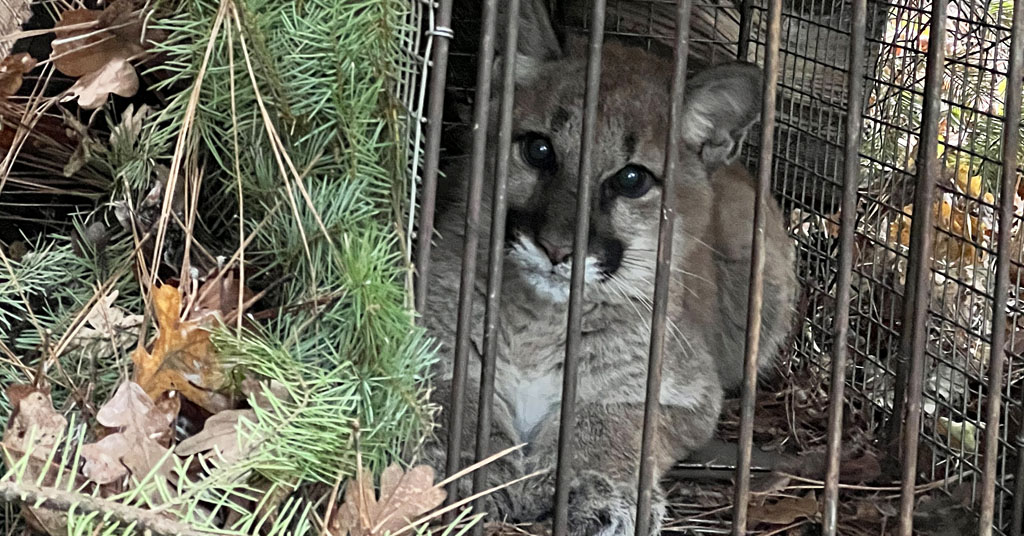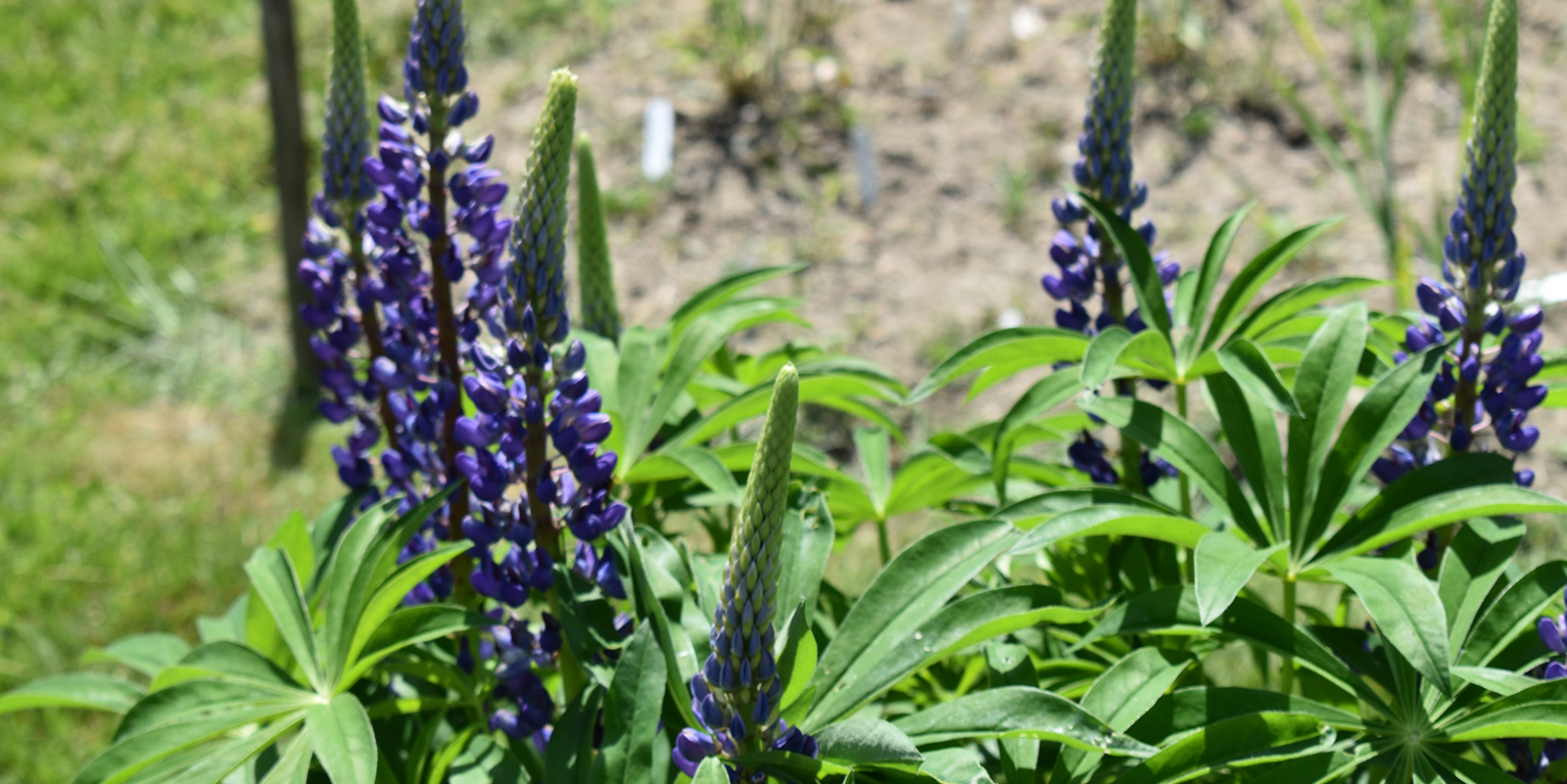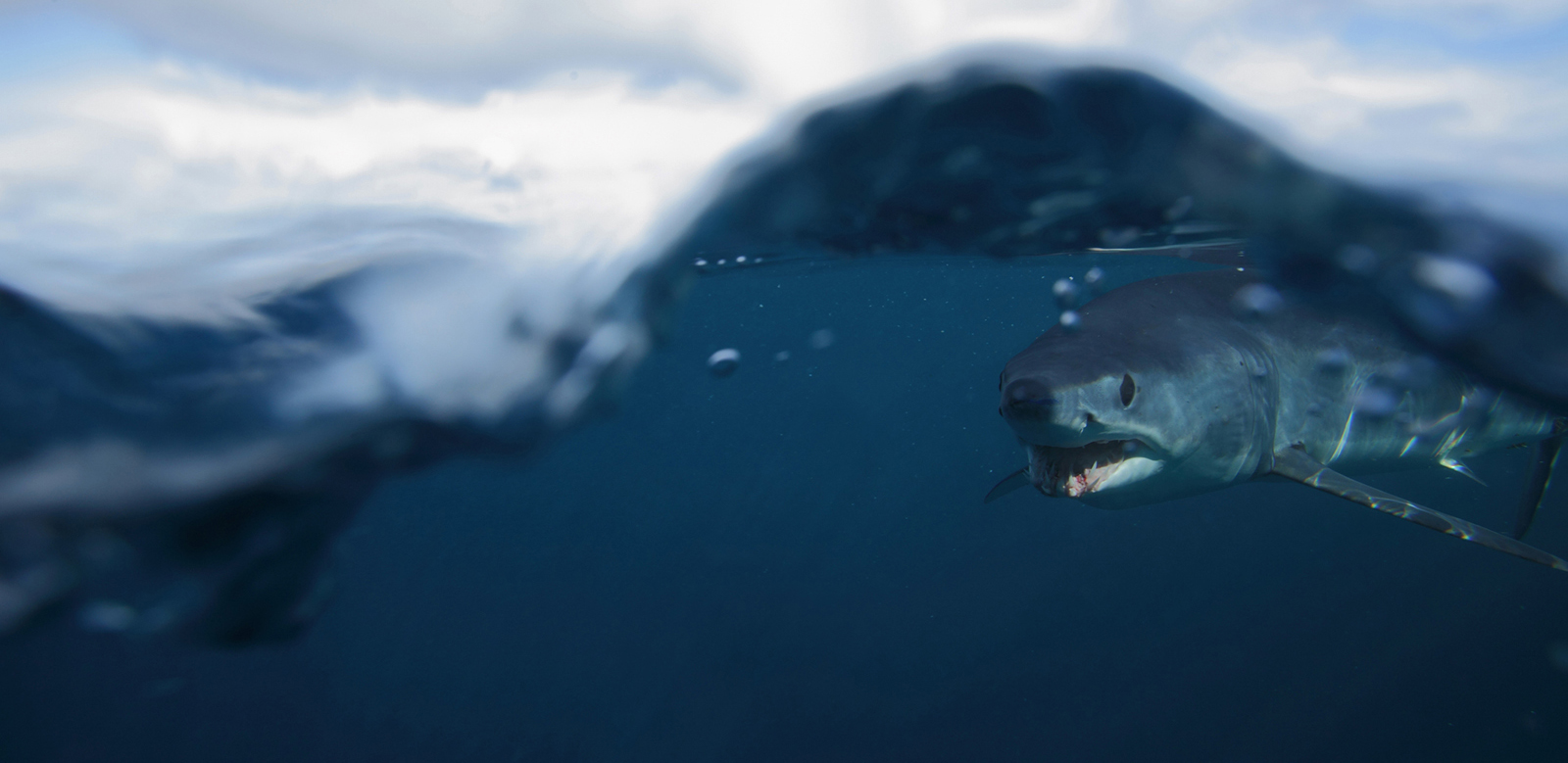Regional Piping Plover Recovery Efforts Breed Success
May 18, 2020
If you’re lucky, you will see them.
Piping plovers are little birds with rapid-fire motions that skitter across sand and pebbles to get back to their nests. They’re also endangered, with development, predators, and human activity threatening their nesting grounds and breeding efforts.
But, according to the latest numbers from the U.S. Fish & Wildlife Service (USFWS), the piping plover population on the East Coast is slowly making a comeback. The number of piping plover breeding pairs has increased from 1,879 in 2018 to 2,008 pairs as of last summer, a record high.
Also, as of last year, Rhode Island had 80 breeding pairs of the endangered bird, with 1.2 chicks fledged per pair. Connecticut had 57 breeding pairs, and Massachusetts 743, bringing the total amount of breeding pairs in New England to 980.
As humans have continued to flock to beaches — at least prior to the coronavirus pandemic — bringing with them dogs and food that attracts scavengers such as gulls and racoons, and with an increase in intense storms and relentless coastal development, the piping plover population had been in steady decline along the East Coast. In 1986, when the diminutive bird was listed under the Endangered Species Act, there were only 790 breeding pairs along the entire coast.
“The numbers got pretty low in the 1800s and early 1900s due to feather hunting and over exploitation, and that was the case for a lot of different species,” said Maureen Durkin, a USFWS wildlife biologist who is the plover coordinator for the state of Rhode Island. “Some of that got a bit better when there were federal rules put into place about hunting, so the more recent declines in piping plovers that we’re seeing in the Northeast … is more related to about 70-plus years of really intense popularity of beaches and growth of tourism and reduced space for these shore birds to succeed and raise their young.”
Reduced beach space means less breeding pairs, and in Rhode Island in 1986, the birds’ numbers were dismal.
“When the species was listed in 1986, we only had 10 pairs in the entire state,” Durkin said. “They were critically low … so we’re up from that to 80.”
While the latest numbers are promising, there are other goals that USFWS efforts are hoping to meet regarding the piping plover, including even distribution of increases across a range, maintaining chick production, instituting long-term management agreements with partner agencies and groups, promoting genetic diversity, and maintaining wintering areas that span from North Carolina to the Bahamas.
The latest analysis of the species’ status, completed in March, calls for a number of actions to move the East Coast population closer to recovery. Recommendations include allowing beaches to respond dynamically to storms that create habitat, allowing naturally created habitat to remain, and developing strategies to reduce threats from rising sea levels.
“Because the plover relies on in-demand beaches, maintaining a healthy population will rely on long-term protection efforts and management by federal agencies, states, private landowners, and municipalities,” said Anne Hecht, piping plover recovery coordinator for USFWS. “While we still have much work to do, the growth we’ve seen in the Atlantic Coast piping plover population, especially in New England, is the clearest possible evidence that we can achieve and maintain recovery.”
While New England leads the pack, so to speak, Durkin noted that it’s important that other regions — what USFWS calls “recovery units” — also start seeing growth in their piping plover populations.
“Other recovery units have struggled more, and for the population as a whole, you need all the recovery units to be doing well, not just one area,” Durkin said. “This allows the entire population to be stable and persist throughout the range.”
The USFWS encourages beachgoers to follow specific steps to help piping plovers and other rare beach wildlife, including sea turtles, terns, American oystercatchers, and black skimmers:
Walk close to the water on the lower beach, so birds can rest and nest on the upper beach. Signs or people usually alert you to these areas, but many normal posting and fencing efforts are delayed this season because of COVID-19.
Keep your distance while birdwatching so the birds feel safe to attend to their eggs and chicks.
If pets are permitted on beaches, keep them leashed and away from birds. Keep your cats indoors.
Remove trash and food scraps, which attract animals that might eat piping plover eggs and chicks.
Don’t feed animals on or near the beach.



